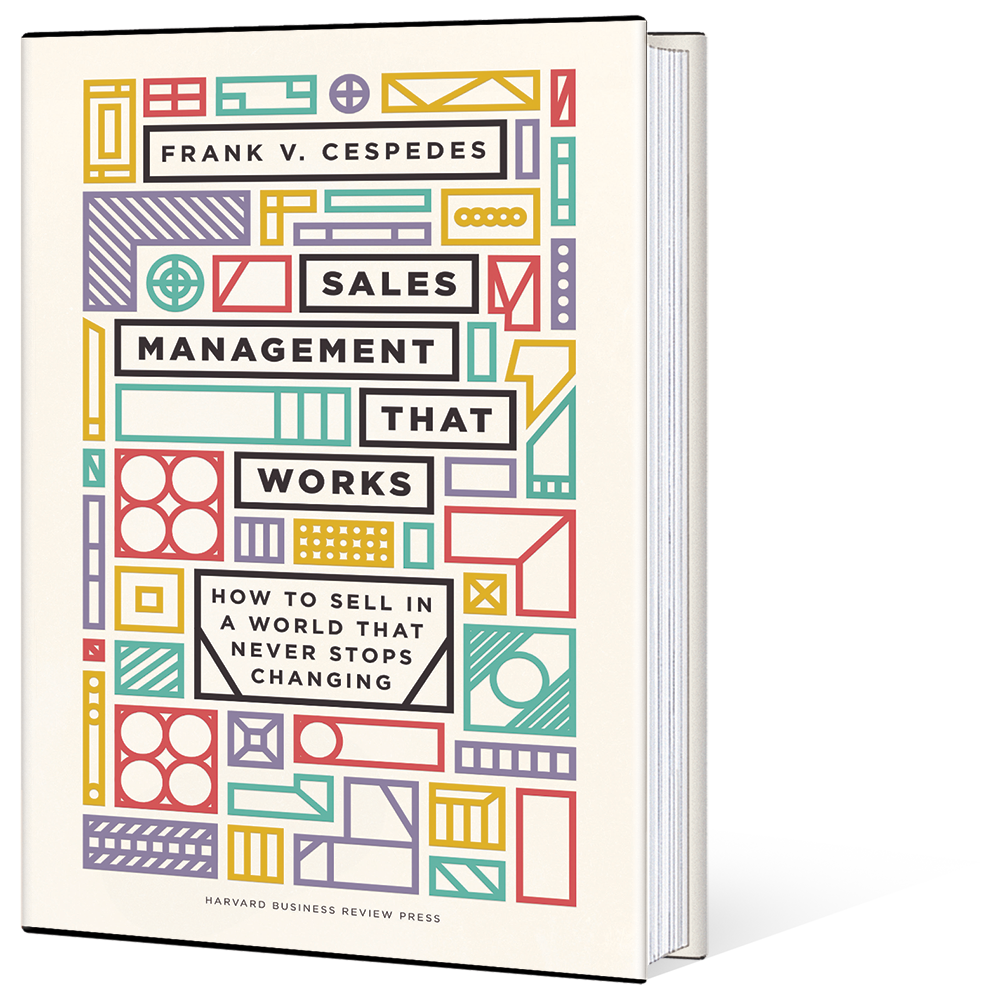Any strategy lives or dies on the basis of its customer value proposition. There are many typologies relevant to crafting a value proposition, because there are many ways to win customers. But the key issue is always: what is the center-of-gravity in our approach? Do we ultimately compete on the basis of our cost structure (e.g., Ryanair and Wal-Mart) or another basis that increases our target customer’s willingness-to-pay (e.g., Singapore Airlines and Nordstrom)? In other words, will we sell it for more ormake it for less — and allocate sales resources accordingly?
Nearly all competitive markets confront firms with this choice. In retailing, there is Wal-Mart, Dollar General, and category killers. But there is also Nordstrom, Louis Vuitton, and many high-end boutiques. In pharmaceuticals, there are blockbuster drugs targeted at mass-markets segments. But there is also Soliris, a drug sold by Alexion to treat certain blood and kidney diseases that afflict relatively few people. Soliris costs $400,000 per patient annually. But insurers pay this price because Soliris is the only safe and effective treatment for these diseases and that price is less than the total cost of alternative treatments. Alexion has grown from $25 million in sales in 2007 to $1.5 billion in 2014.


